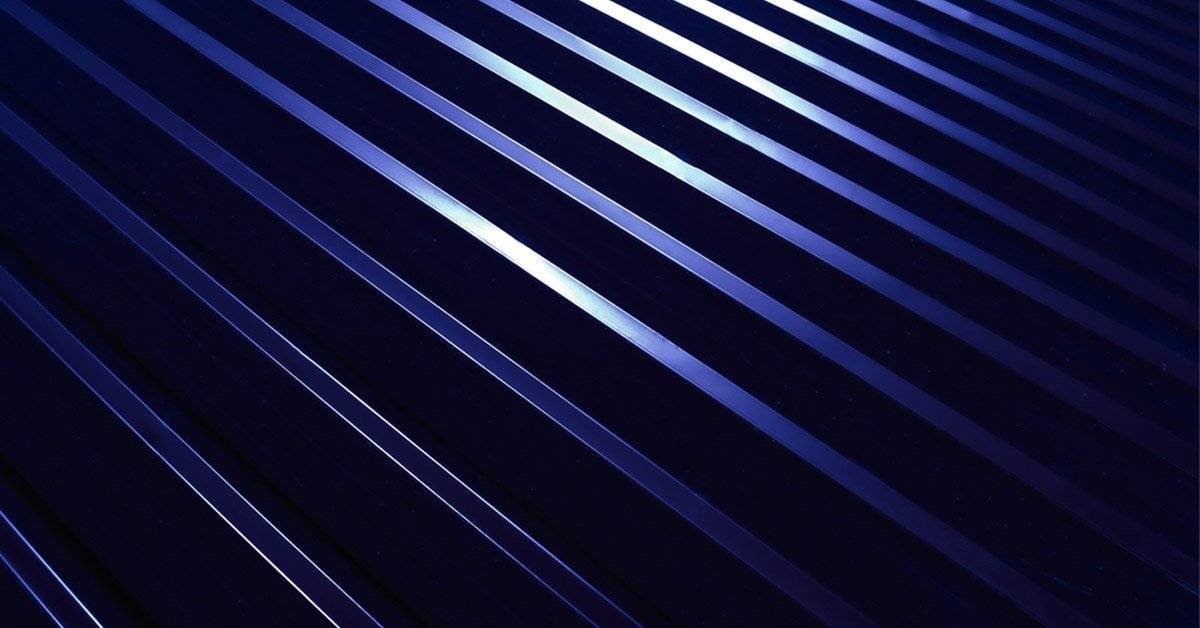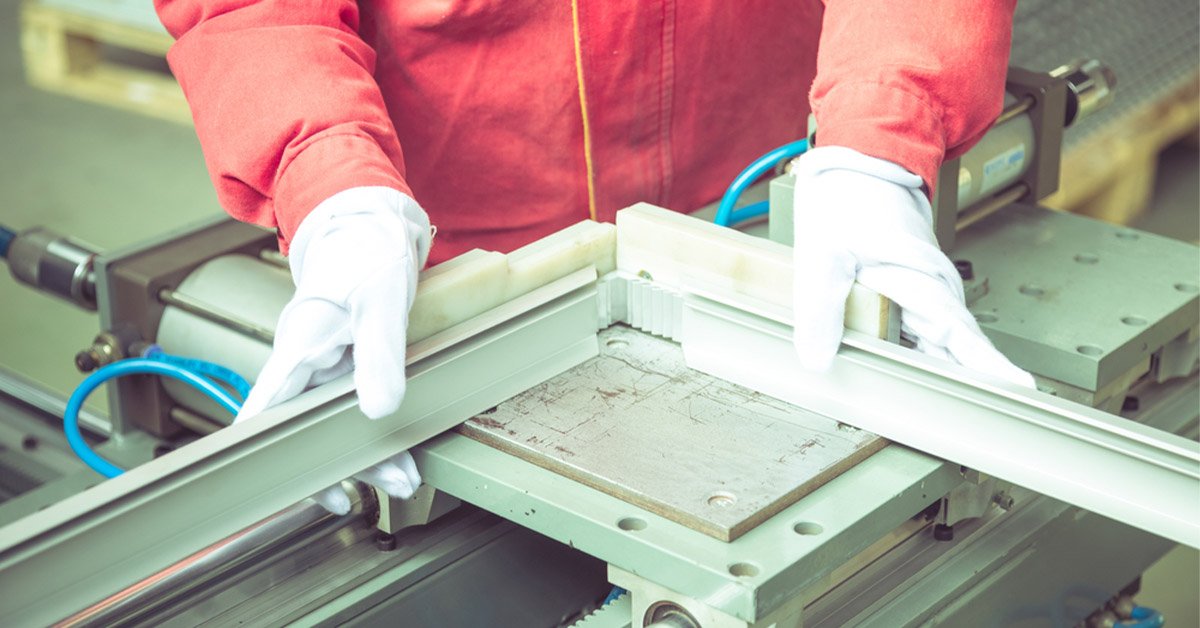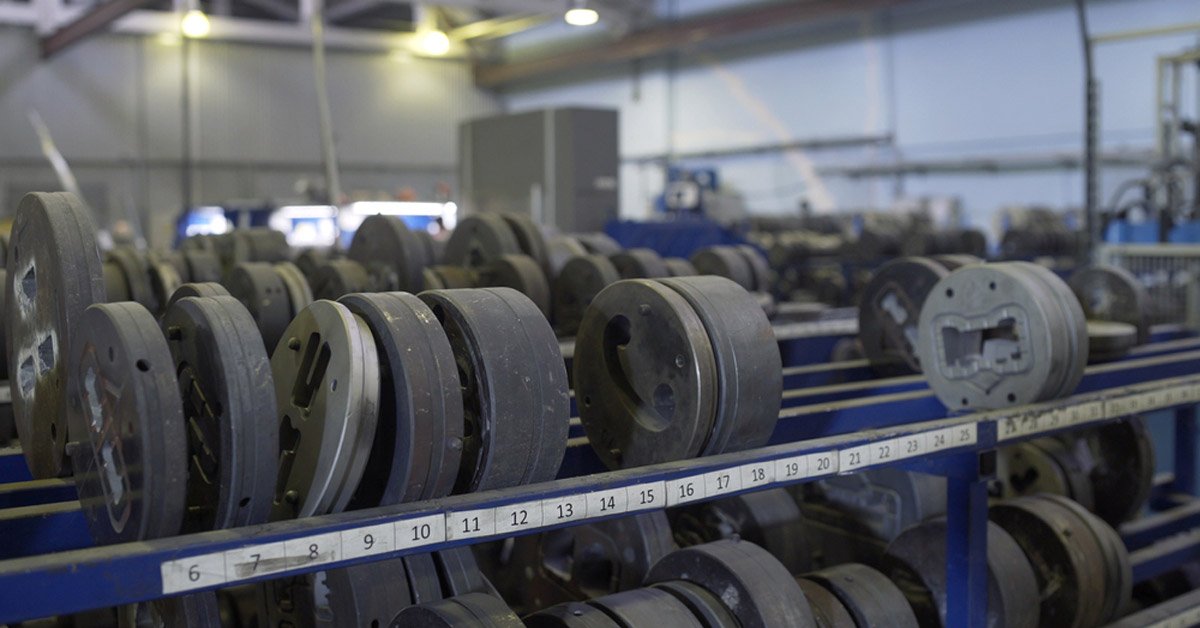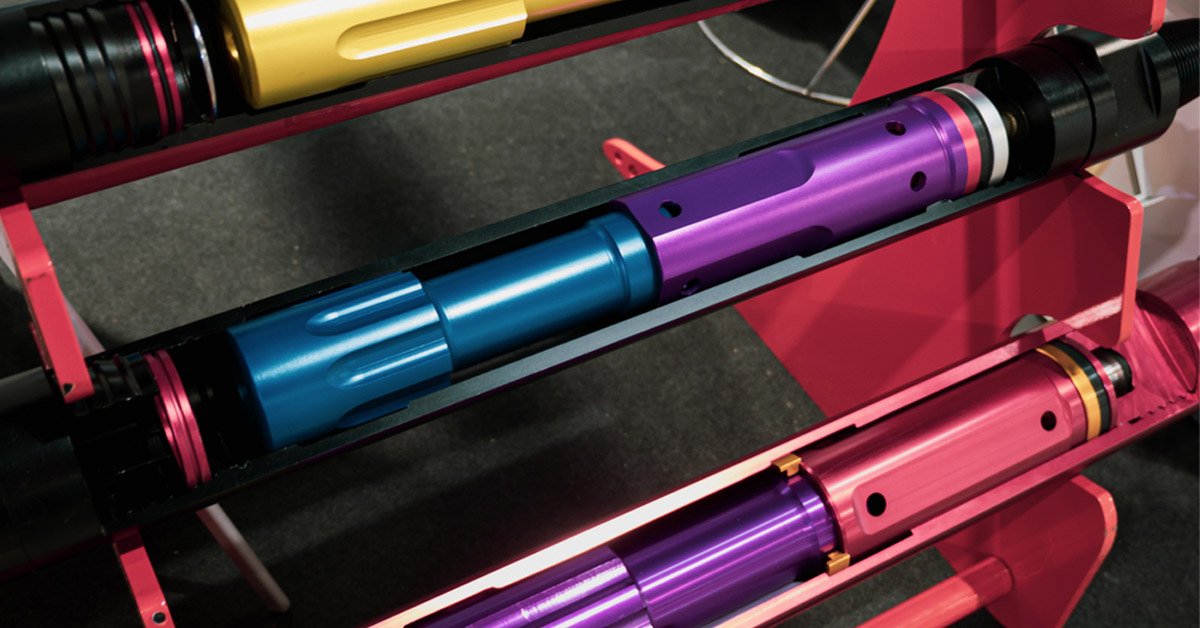Aluminium is a versatile material widely used in industrial and decorative applications due to its light weight, strength, and resistance to corrosion. To enhance its performance and aesthetic appeal, aluminium coatings play a crucial role in improving durability, functionality, and appearance. As industries evolve and consumer preferences shift, aluminium coating trends are continuously advancing, providing innovative solutions for both industrial applications and decorative finishes.
In this blog, we will explore the emerging aluminium coating trends and how they are influencing industries and decorative designs. From advanced technologies to sustainable practices, we’ll delve into the key developments shaping the future of aluminium coatings.
- Sustainability and Eco-Friendly CoatingsSustainability is a growing concern in today’s manufacturing processes, and the trend towards eco-friendly aluminium coatings is more prominent than ever. Manufacturers are increasingly opting for aluminium coating trends that reduce the environmental impact of their products. Sustainable coatings focus on using non-toxic, low-VOC (volatile organic compounds) materials that have a minimal ecological footprint. These coatings also prioritize recyclability, ensuring that the aluminium remains a green material at the end of its lifecycle.For industrial applications, environmentally friendly coatings offer an opportunity to meet stricter regulatory requirements while maintaining the performance qualities of traditional coatings. Products coated with eco-friendly finishes are ideal for sectors like construction, transportation, and consumer goods, where sustainability is a key factor.
For decorative finishes, sustainable aluminium coatings also provide a unique advantage by ensuring that products such as furniture, outdoor decor, and signage are not only stylish but also contribute to a greener environment. As the world shifts toward more eco-conscious solutions, this trend is expected to dominate both industrial applications and decorative sectors.
- Powder Coating InnovationsPowder coating has long been a popular choice for aluminium coating due to its durability, smooth finish, and environmental benefits. In recent years, innovations in powder coating technology have led to even more robust and versatile options for industrial applications and decorative finishes. These innovations include the development of coatings that offer improved UV resistance, enhanced corrosion protection, and the ability to withstand extreme temperatures.For industrial applications, powder coating trends now include coatings that can be applied in more diverse conditions, such as high-humidity environments, while offering increased resistance to chemicals and abrasion. Industries such as automotive, architecture, and machinery are benefiting from these improvements, as powder-coated aluminium products exhibit longer lifespans and superior performance.In the realm of decorative finishes, powder coating continues to provide an attractive, low-maintenance solution for everything from furniture to architectural facades. New color options and textures are emerging, allowing for greater customization and artistic expression. This makes powder coating a favorite choice for creating both functional and visually appealing products.
- Anodizing and Color CustomizationAnodizing is another highly regarded aluminium coating trend that has gained significant traction in both industrial applications and decorative finishes. This electrochemical process enhances the natural oxide layer of aluminium, making it more resistant to corrosion, wear, and fading. Anodizing not only improves the material’s strength but also provides an aesthetically appealing matte or glossy finish.One of the latest trends in anodizing is the ability to incorporate vibrant colors and custom designs into the coating. Advanced anodizing techniques allow for a range of hues, from subtle metallic tones to bold, eye-catching colors. These customizable anodized finishes are gaining popularity in industrial applications like electronics, aerospace, and construction, where both functional durability and visual appeal are crucial.
For decorative finishes, anodized aluminium is increasingly used in high-end interior designs, furniture, and decorative accents. The ability to achieve rich, colorful anodized finishes allows designers to create unique and long-lasting products that maintain their visual impact over time.
- Textured and Matte FinishesA significant shift in aluminium coating trends is the growing popularity of textured and matte finishes. While glossy and shiny finishes are still in demand, many industrial and decorative designers are opting for matte and textured looks for a more modern, sophisticated appearance.In industrial applications, matte finishes are often chosen for their ability to minimize surface imperfections and provide a non-reflective surface that is ideal for high-traffic environments. Textured aluminium coatings also offer improved grip and slip resistance, making them suitable for applications in machinery, vehicles, and architectural features.
For decorative finishes, textured coatings are a key trend, offering a unique and tactile surface for products like lighting fixtures, furniture, and exterior cladding. These finishes not only enhance the visual appeal but also add depth and complexity to the design, making them perfect for high-end residential and commercial spaces.
- Self-Cleaning CoatingsIn the quest for low-maintenance materials, self-cleaning coatings are one of the most exciting aluminium coating trends. These coatings use nanotechnology to create a surface that repels dirt, water, and pollutants. The self-cleaning effect is achieved by making the surface hydrophobic, which means that water beads up and rolls off the surface, carrying dirt and grime with it.In industrial applications, self-cleaning aluminium coatings are particularly beneficial for products that are exposed to harsh environmental conditions, such as outdoor signage, transportation, and architectural elements. These coatings reduce the need for regular cleaning and maintenance, resulting in lower long-term costs and improved product lifespan.
For decorative finishes, self-cleaning coatings are becoming increasingly popular for items like windows, facades, and outdoor furniture. They help maintain the aesthetic appeal of aluminium products without the hassle of frequent upkeep, making them ideal for both residential and commercial use.
- Advanced Corrosion-Resistant CoatingsAs industries continue to expand into more extreme environments, there is an increasing demand for aluminium coatings that offer advanced protection against corrosion. New innovations in corrosion-resistant coatings are improving the performance of aluminium in industrial settings, where exposure to chemicals, saltwater, and extreme weather conditions is common.The latest aluminium coating trends in corrosion resistance involve multi-layer coatings that combine materials like zinc, polymer, and ceramic, providing a barrier that is more durable than traditional coatings. These coatings are especially valuable in industries like marine, oil and gas, and heavy machinery, where corrosion is a major concern.
For decorative finishes, corrosion-resistant coatings are also in high demand for outdoor furniture, cladding, and other products exposed to the elements. By incorporating these advanced coatings, manufacturers can ensure that aluminium products retain their appearance and structural integrity over time, even in harsh environments.
- Smart Coatings and Functional EnhancementsAnother exciting trend in aluminium coatings is the integration of smart technologies. Smart coatings are designed to offer additional functionalities beyond just protection, such as self-healing, anti-bacterial properties, or temperature regulation. These coatings can adapt to changing environmental conditions, offering a higher level of performance and customization.In industrial applications, smart coatings are being explored for uses in electronics, energy storage, and automotive industries. Coatings that can change color based on temperature, or self-repair when damaged, are transforming how products are designed and maintained.
For decorative finishes, smart coatings add an extra layer of innovation. For example, products like smart furniture or dynamic architectural elements are incorporating coatings that can change appearance or react to external stimuli, offering enhanced functionality and interactivity.
As industries and design preferences evolve, aluminium coating trends continue to push the boundaries of innovation, offering enhanced durability, aesthetic appeal, and functionality for both industrial applications and decorative finishes. From sustainable practices to advanced corrosion resistance and smart coatings, the future of aluminium coatings is bright and full of possibilities.
By keeping up with these trends, manufacturers and designers can not only create products that stand the test of time but also meet the growing demand for environmentally friendly, durable, and functional solutions. Whether you’re involved in industrial manufacturing or decorative design, embracing these emerging aluminium coating trends will allow you to stay ahead of the curve and deliver products that are both high-performing and visually striking.




